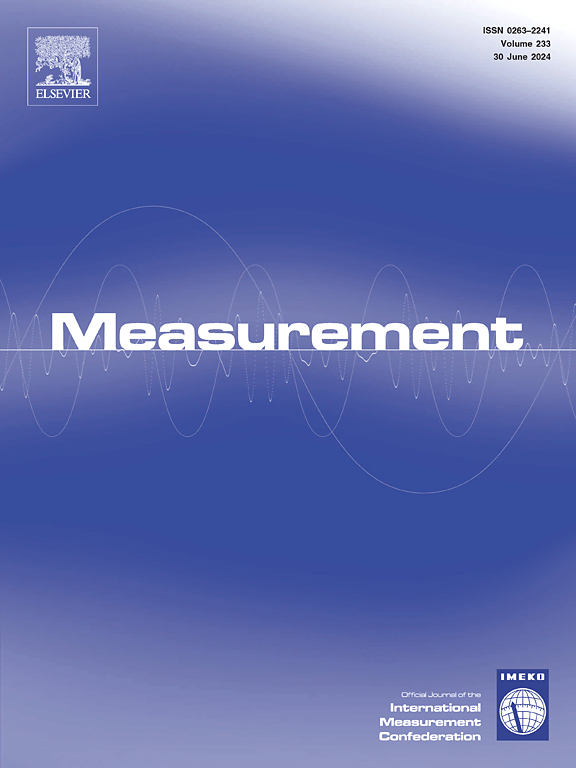A deep learning approach for the prediction of ionospheric total electron content (TEC) based on combined prediction and two-step loss fine-tuning
IF 5.2
2区 工程技术
Q1 ENGINEERING, MULTIDISCIPLINARY
引用次数: 0
Abstract
With the increasing modern space mission complexity, synthetic aperture radar (SAR) has gained attention for its all-weather, all-day capabilities. Countries are actively developing low-frequency spaceborne SAR. However, ionospheric delay due to lower operating frequencies cannot be ignored, as it directly impacts SAR positioning accuracy. The ionosphere’s total electron content (TEC) directly indicates ionospheric delay magnitude, making accurate TEC estimation essential for real-time, high-precision spaceborne SAR positioning. This study employs Convolutional Gated Recurrent Units (ConvGRU) to examine the effects of model input length and prediction interval on TEC forecasts. A combined prediction strategy for medium- to long-term global ionospheric TEC improves performance by 55.6% compared to recursive methods. Furthermore, we used a two-step loss fine-tuning strategy to refine the combined prediction method. Statistical indicators demonstrate that our training strategy effectively improves the accuracy of combined predictions. Moreover, this strategy can be conveniently transferred to other deep learning methods.
求助全文
约1分钟内获得全文
求助全文
来源期刊

Measurement
工程技术-工程:综合
CiteScore
10.20
自引率
12.50%
发文量
1589
审稿时长
12.1 months
期刊介绍:
Contributions are invited on novel achievements in all fields of measurement and instrumentation science and technology. Authors are encouraged to submit novel material, whose ultimate goal is an advancement in the state of the art of: measurement and metrology fundamentals, sensors, measurement instruments, measurement and estimation techniques, measurement data processing and fusion algorithms, evaluation procedures and methodologies for plants and industrial processes, performance analysis of systems, processes and algorithms, mathematical models for measurement-oriented purposes, distributed measurement systems in a connected world.
 求助内容:
求助内容: 应助结果提醒方式:
应助结果提醒方式:


